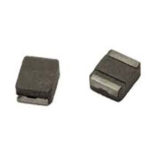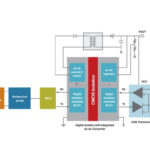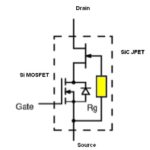John Gallagher from Pulse Electronics recently spoke with us about some of the things design engineers and circuit designers need to know when they’re working with a company that makes transformers and inductors. He says a lot of circuit designers look at transformers as ideal transformers –there’s just a certain number of turns in the primary, a certain number of turns in the secondary, and you get a perfect answer. Magnetics in reality don’t work that way, Gallagher explains. There’s a lot of gotchas — core losses, ac losses, fringing affects, and numerous other factors that affect efficiency and thermals. Consequently, says Gallagher, designers often don’t provide all the information the inductor maker requires.
Designers also don’t understand things like high frequency losses, Gallagher explains. In high frequency losses, you can get counter-intuitive effects where losses rise even though the part gets bigger. People get confused by that, he says.
Gallagher says large magnetic components in power circuits today generally are operating in the 50 kHz range, with smaller components going to three or four megahertz. “But if you’re doing a 11 kW converter, you’re not going to be at a megahertz, you’re going to be at a 100 Hz. Components we’re doing components for data centers and data center computing are typically switching at four or five megahertz,” he says.
Magnetic materials have their own caveats. “If you change a core shape and make it smaller, change its construction, there can be additonal losses and there’s no way to anticipate that,” he says. “So you have to do a lot of testing. We have a lot of in-house test capabilities to actually measure our components in real world situations, with the proper wave form. We’re seeing as the frequencies get higher, a lot of known phenomena become worse. Fringing losses within the transformer, proximity effects that perhaps are not as important at low frequencies, all become critical,” he says.
For more information, go to www.pulseelectronics.com.






Leave a Reply